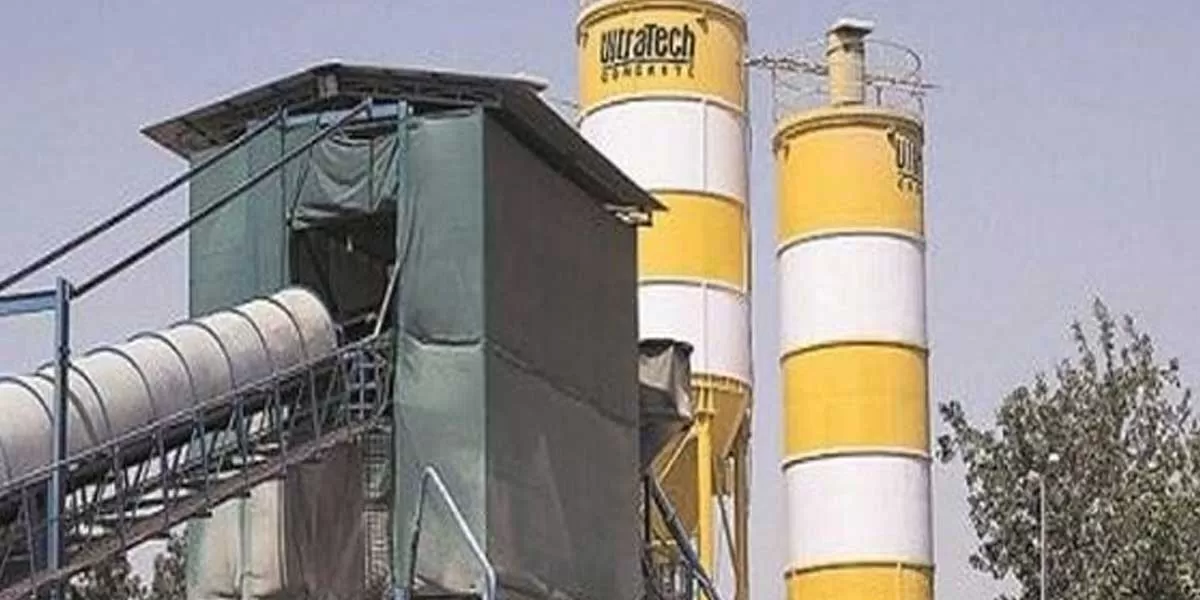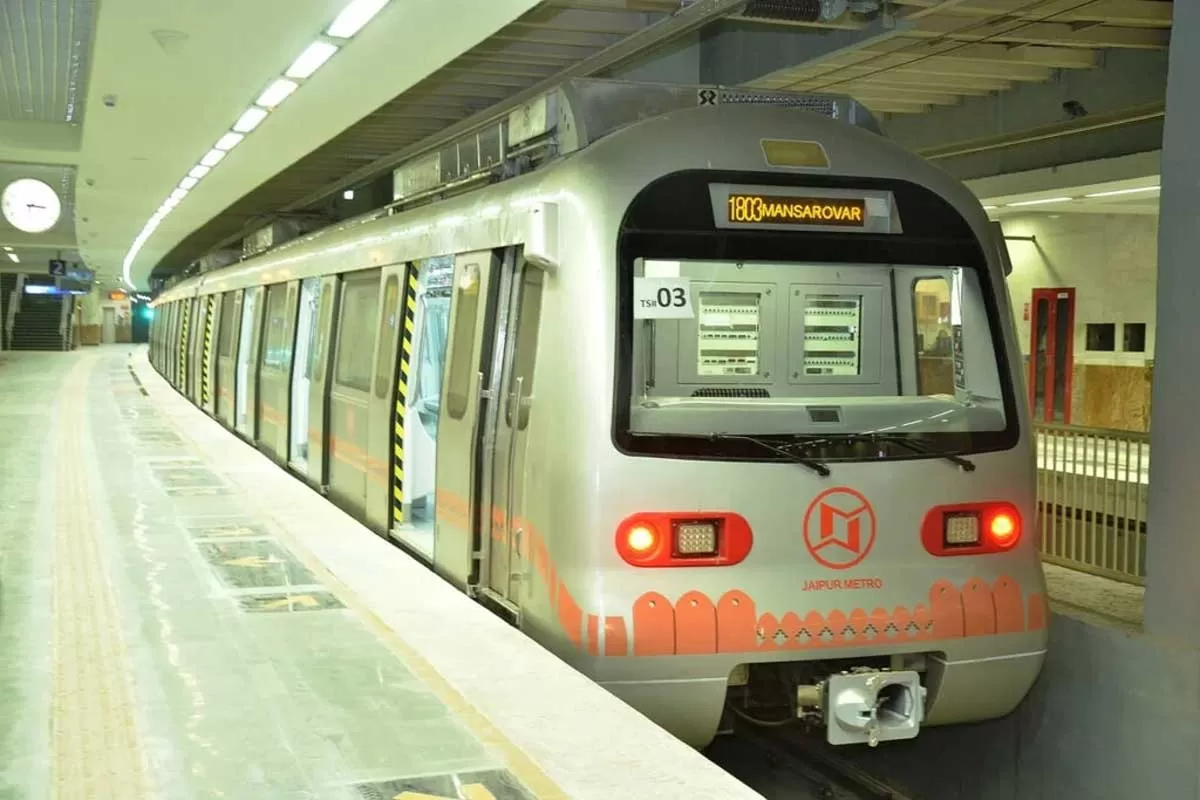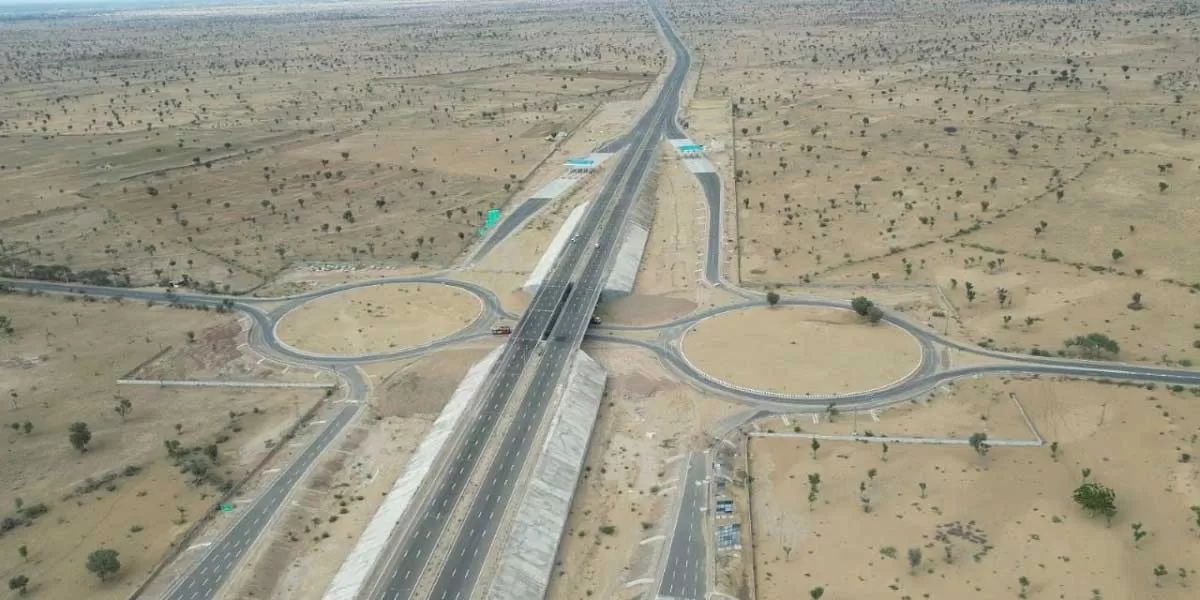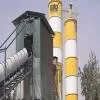
Bridging the Skill Gap
Read full article
CW Gold Benefits
- Weekly Industry Updates
- Industry Feature Stories
- Premium Newsletter Access
- Building Material Prices (weekly) + trends/analysis
- Best Stories from our sister publications - Indian Cement Review, Equipment India, Infrastructure Today
- Sector focused Research Reports
- Sector Wise Updates (infrastructure, cement, equipment & construction) + trend analysis
- Exclusive text & video interviews
- Digital Delivery
- Financial Data for publically listed companies + Analysis
- Preconceptual Projects in the pipeline PAN India
The 14th RAHSTA Expo, part of the India Construction Festival, will be held on October 9 and 10, 2024, at the Jio Convention Centre in Mumbai. For more details, visit: https://rahstaexpo.com


Relief for Birlas and cement company directors
The Gujarat High Court has halted criminal proceedings and summons issued against Kumar Mangalam Birla, his mother Rajashree Birla, and seven other directors of UltraTech Cement by a Vadodara court, following a criminal complaint. The summons had been issued on September 9 by the Vadodara chief judicial magistrate in connection with a case filed by Abhishek Shrivastava, the proprietor of Srimech Engineering. The directors of UltraTech Cement subsequently approached the High Court to challenge the summons. It was argued before the court that there had been a contract between Srimech and UltraT..

Metro extension work between Badi Chaupar and Transport Nagar halted
The Jaipur Metro Rail Corporation (JMRC) has halted the extension of Metro Line 1C between Badi Chaupar and Transport Nagar for an indefinite period, according to sources familiar with the matter. A senior JMRC official stated that the decision was made following directives from the state government. The official mentioned that they had been instructed to slow down the expansion of Metro Line 1C, leading to the suspension of the project. However, the specific reasons behind this directive remain unclear, the official added, speaking on condition of anonymity. Urban Development and Housing (U..

Gadkari reviews Amritsar-Jamnagar, Delhi-Mumbai NH stretches
Union Road Transport Minister Nitin Gadkari, concerned about the numerous complaints regarding the poor maintenance of national highways during the monsoon, has directed his ministry to conduct a comprehensive investigation of both the Sohna-Vadodara stretch of the Delhi-Mumbai Expressway and the Amritsar-Jamnagar Expressway. He has instructed the Central Road Research Institute (CRRI) to carry out this investigation as soon as possible. In a separate directive, Gadkari has also ordered the ministry to examine the maintenance issues of the Eastern Peripheral Expressway (EPE), which serves as..













